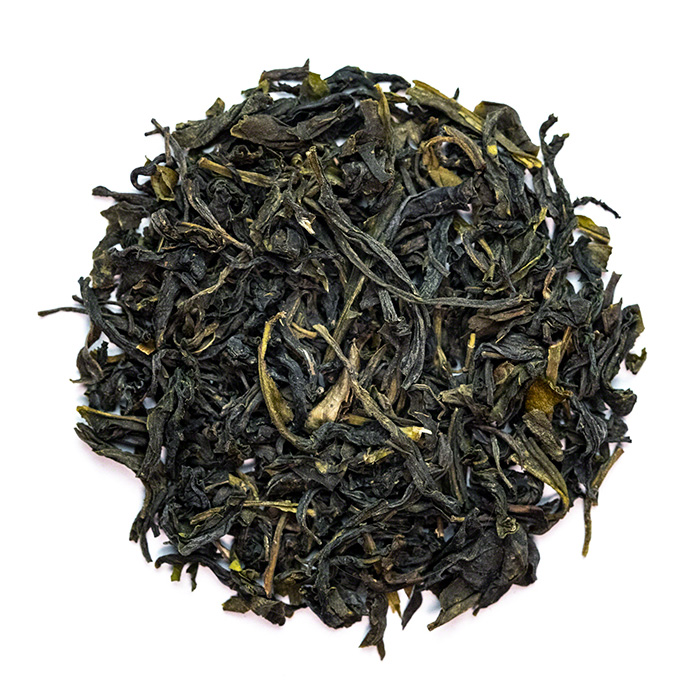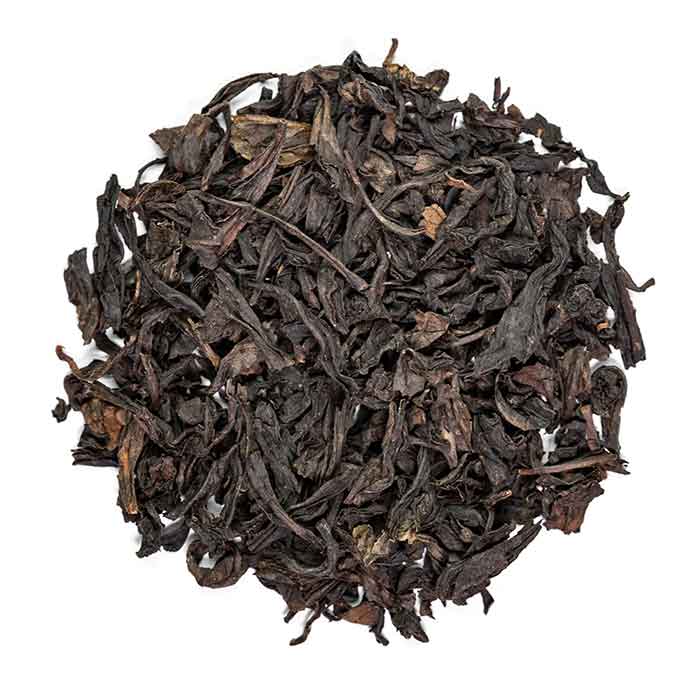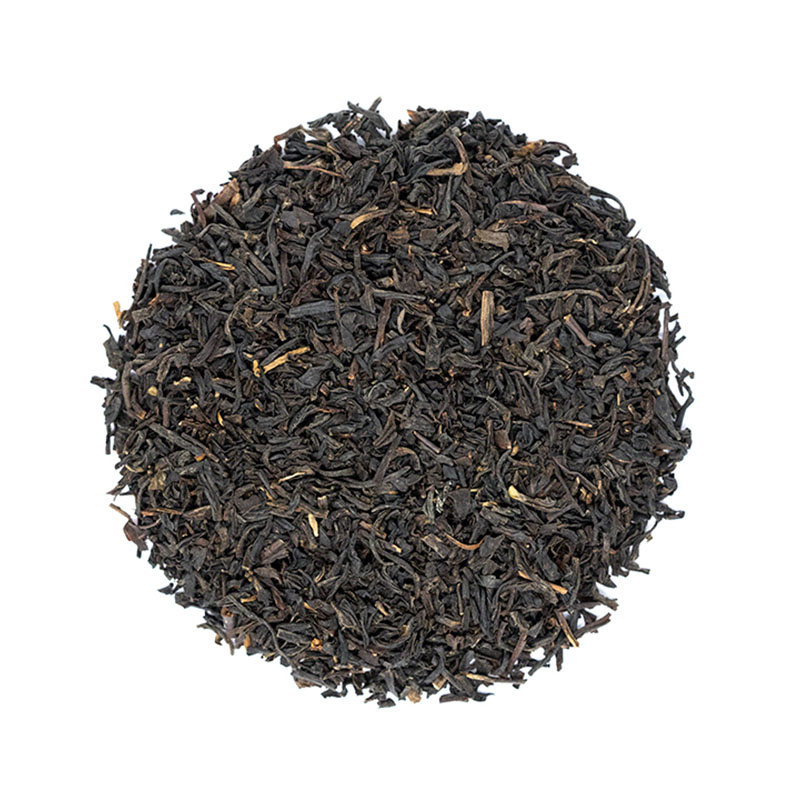Chinese Tea Guide
Even if you are not a regular tea drinker, it’s very likely that you’ve had at least one cup of Chinese tea in your life. With beautiful leaves, amazing aromas and unique flavors, Chinese tea is the most wide and intriguing category of tea in the world. What are the types of Chinese tea?
What is Chinese Tea
Chinese tea is tea made from Camellia sinensis tea plants. There are many types of herbal tea in China too, with many interesting flavors. However, real tea will always be made from Camellia sinensis tea plant. Chinese tea is usually made from two different varieties, Camellia sinensis var. sinensis and Camellia sinensis var. assamica. However, there are other varieties too. For example, Camellia sinensis var. dehungensis that is used for making tea in Chinese Yunnan province.Types of Chinese Tea
China is the world’s biggest tea producer. It’s producing more than 100% more tea than the world’s second biggest tea producer – India. How much tea is China producing? Statistics say, more than 2 600 000 metric tonnes in 2018[1]. This doesn’t surprise, because China is the birthplace of tea and the only country in the world that’s producing all 6 types of tea – white, yellow, green, oolong, black and dark. Interestingly, all these types are produced in other countries as well, but no other country has such a wide range of tea types. It’s impossible to list all tea produced in China - some are world famous, and some are made in very small batches on small farms.White tea
White tea or bai cha (literally white tea) is a type of very lightly processed tea. Because it’s lightly processed, this type of tea is often considered the world’s first tea type. Although white tea may have been around for a thousand of years, modern types are less than 300 years old. Birthplace of white tea is Fuding in the Chinese Fujian province. Even now, the best white teas are still produced in Fujian. White tea will have a light flavor, sometimes with fruity or hay notes. The most popular white tea types:- Bai Hao Yin Zhen or Silver Needle from Fujian
- Bai Mudan or White Peony from Fujian
- Shou Mei or Longevity Eyebrow from Fujian
- Yue Guang Bai or White Moonlight from Yunnan
Yellow tea
Yellow tea or huang cha (literally yellow tea) is the rarest category of tea. It has a history of at least 1000 years. Yellow tea is a lightly fermented tea with a flavor similar to green tea. However, it won’t have the same sharp, green or vegetal notes. It’s produced in China and only a few other countries around the world, including the United States. Most of Chinese yellow tea is not available outside China, especially rare types. The birthplace of yellow tea is Anhui province, but today it’s made in other provinces too. The most popular types of yellow tea:- Huoshan Huangya from Anhui
- Junshan Jin Zhen from Hunan
- Huoshan Huang Da from Anhui
Green tea
Green tea or lv cha (literally green tea) is an unoxidized type of tea. Tea leaves will usually have a greenish, yellowish or greyish color. Chinese green tea is usually made by pan-firing, which gives a unique, slightly nutty flavor. Green tea is famous world-wide for its flavor and benefits. The exact history of green tea is not as clear as with other types. It’s believed this type has been around for at least 1500 years or more. Many Chinese green teas, especially if they come from the original birthplace, will have the location name attached to the name too. For example, Xihu Longjing is a specific type of Longjing from Xihu, but there are other long jing teas from other places too. The most popular types of green tea:- Xihu Longjing from Zhejiang
- Xinyang Maojian from Henan
- Liu’an Guapian from Anhui
- Dongting Biluochun from Jiangsu
- Huangshan Maofeng
Mao Feng green tea
Oolong tea
Oolong tea or wulong cha (literally black dragon tea) is a semi oxidized type of tea. Chinese oolong is famous worldwide for its incredible aroma and quality. Its history can be traced more than 1000 years back. The birthplace of Chinese oolong tea is Fujian, however, oolong teas from Guangdong province are incredibly interesting too. There are two main types of oolong tea – oolongs with semi-ball shaped leaves and oolongs with twisted leaves. The most popular oolongs come from Fujian, Wuyi and Anxi, and from Guangdong. Oolong tea can have different flavors, from fresh, floral and green notes to roasted, fruity, honey and mineral tones. The most popular types of oolong tea:- Anxi Tieguanyin from Fujian
- Da Hong Pao from Fujian
- Qi Lan from Fujian
- Tieluohan from Fujian
- Mi Lan Dancong from Guangdong
Red Robe oolong tea from Fujian
Black tea
Black tea or hong cha (literally red tea) is a fully oxidized type of tea. Although black tea is now the most popular type of tea in the world, surprisingly, it has the shortest history. Lapsang souchong is the oldest black tea with a history of almost 450 years. For example, the other very popular type of black tea, Indian Assam, has a history of only 200 years. Today, China is producing many black teas, both from sinensis and assamica plants. Chinese black tea will usually be less malty, sometimes with strong chocolate notes, sometimes with intense smokiness, and sometimes with rich ripe fruit and honey flavor. The most popular types of black tea:- Qimen from Anhui
- Tanyang Gongu from Fujian
- Yingdehong from Guangdong
- Dianhong from Yunnan
- Lapsang Souchong from Fujian
Qimen or Keemun tea
Dark tea
Dark tea or hei cha (literally black tea) is a type of fermented, often aged tea. One of the most popular types of dark tea is Pu’erh tea from Yunnan. Dark tea is usually compressed in bricks or cakes, but loose tea is available too. Fermentation of dark tea can be accelerated or natural. Tea made by accelerated fermentation is called ripe tea, and it doesn’t need to be aged to achieve a mellow flavor. Raw dark tea is naturally green, and develops both color and flavor over years. Ripe tea has an earthy flavor with no bitterness, while raw tea may have different notes from tobacco to hay. The most popular types of dark tea:- Pu’erh from Yunnan
- Liu An from Anhui
- Liu Bao from Guangxi
- Fu Zhuan from Hunan
References:
[1] https://www.statista.com/statistics/264188/production-of-tea-by-main-producing-countries-since-2006/
More from:
SLL






Leave a comment